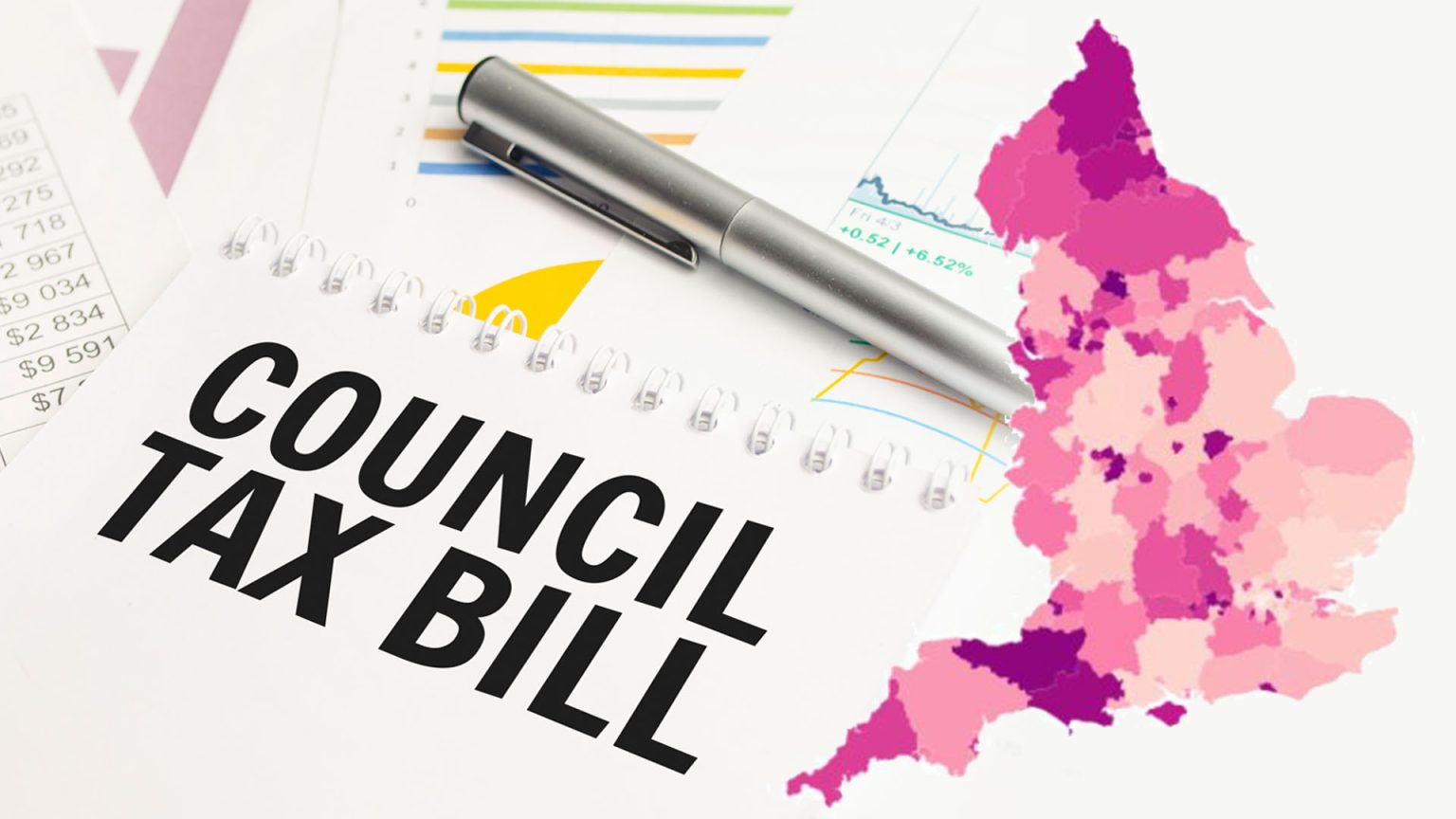Council Tax Hikes Across the UK: A Detailed Overview
Council tax bills are set to rise across the UK, with some residents facing increases of up to £170 per year. While the average increase is around 5%, several councils are implementing significantly higher hikes. Bedford Council leads the way with a 9.99% increase, followed by Newham and Windsor and Maidenhead at 8.99%. Other councils, including Birmingham, Somerset, and Trafford, have received approval for 7.5% increases. These increases will add a substantial financial burden to households already grappling with the cost of living crisis. For example, a Band D household in Bedford will see their annual bill rise by £170, while those in Birmingham will face a £134.48 increase. Even in areas where councils are sticking to the 5% cap, residents will still see their bills rise by at least £100 in many cases. This contrasts sharply with residents in areas with traditionally low council tax, such as Hammersmith and Fulham, Westminster, and Wandsworth, who will see increases of less than £50.
The rationale behind these increases, as explained by Deputy Prime Minister Angela Rayner, is the need to "rebuild and stabilise" local government finances. While acknowledging the difficulty of these decisions, the government insists that they are necessary to prevent councils from falling into further financial distress. Despite these increases, the government assures that the overall national increase in council tax is not expected to exceed last year’s rise of 5.1%. These hikes are attributed to rising costs and reduced central government funding, forcing local authorities to make difficult choices to balance their budgets. However, critics argue that these increases disproportionately affect low-income households and call for more government support to address the funding gap.
The process of implementing council tax increases varies depending on the magnitude of the proposed hike. In England, local authorities can increase council tax by up to 4.99% without holding a referendum. This 4.99% is comprised of a 2.99% increase for general spending and a 2% precept for adult social care. Any increase above this threshold requires a local referendum to gain public approval. This mechanism is designed to provide a degree of public accountability and ensure that significant tax increases have community support. However, the final council tax bill can be higher than the headline figures due to additional charges, such as the Greater London Authority (GLA) precept in London, which is proposed to increase by 4% this year. In areas with two-tier authorities, the bill is split between the county council and the district, borough, or city council, further complicating the calculation.
Furthermore, council tax bills also include contributions towards local police and crime commissioners, fire and rescue services, and any applicable town or parish council charges. This complex structure makes it difficult for residents to understand the breakdown of their bill and the rationale behind each component. Councils in England typically confirm their council tax hikes in February, with the increases taking effect from April 1st. This provides a relatively short window for residents to adjust their budgets and seek support if needed. The final decision often follows a period of consultation and budget setting earlier in the year, but the scope for influencing the outcome is limited.
For those struggling with rising council tax bills, several forms of support are available. These include discounts for single persons, retirees, and low-income households. Single occupants can receive a 25% discount, while those living with someone exempt from council tax, such as a carer, can get a reduction of up to 50%. Students living in all-student households are eligible for a 100% discount. Pensioners receiving the Guarantee Credit element of Pension Credit can also receive a 100% discount. Other pensioners and low-income households may qualify for a reduction depending on their income and savings. It’s important to contact the local council to determine eligibility and apply for these discounts. In addition to discounts, councils may offer deferrals or payment plans for those struggling to pay their bills.
Finally, it’s worth checking for potential council tax refunds. Millions of households are owed refunds due to overpayments, often resulting from moving house, changes in council tax bands, or forgetting to cancel direct debits. The average refund is around £178, but some could be owed significantly more. Claiming a refund is relatively straightforward, often involving an online form on the council’s website. Alternatively, contacting the council directly by phone, email, or live chat can initiate the refund process. Given the rising cost of living, checking for a potential refund is a worthwhile exercise that could provide a welcome financial boost.


